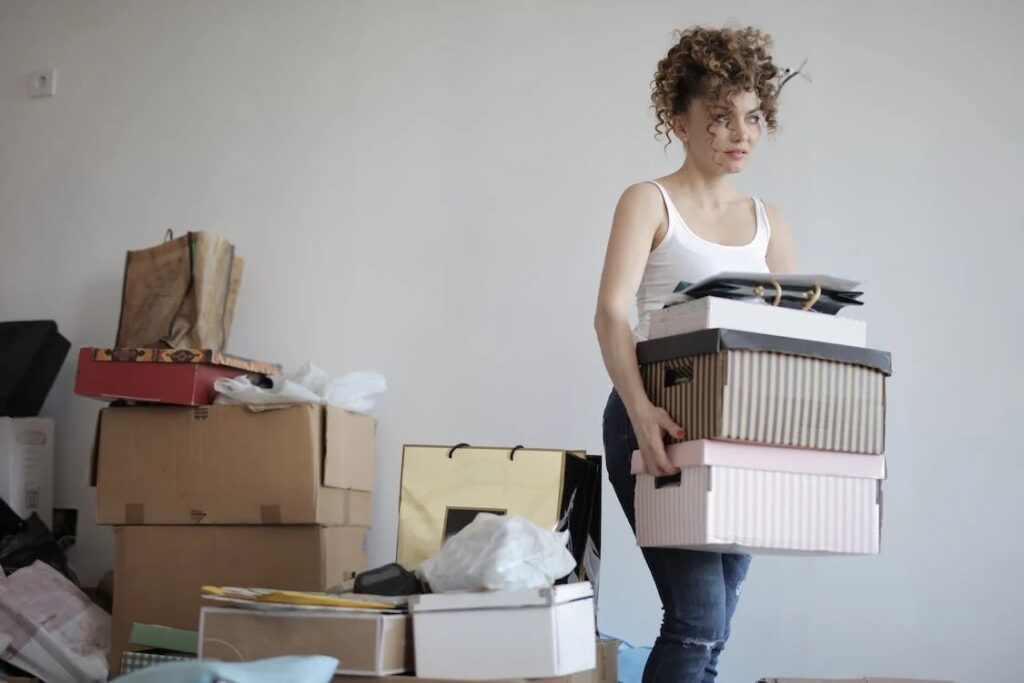LTV stands for Loan-to-Value ratio, which is a term used in mortgages to represent the ratio between the loan amount and the appraised value of the property.
- 10% LTV Mortgage: The loan amount is 10% of the property’s appraised value. In other words, the borrower is providing a down payment of 90% of the property’s value.
- 20% LTV Mortgage: A mortgage with a loan amount equal to 20% of the property’s appraised value. This implies a down payment of 80% from the borrower.
- 30% LTV Mortgage: This type of mortgage has a loan amount equal to 30% of the property’s appraised value. The borrower is required to make a down payment of 70% of the property’s value.


